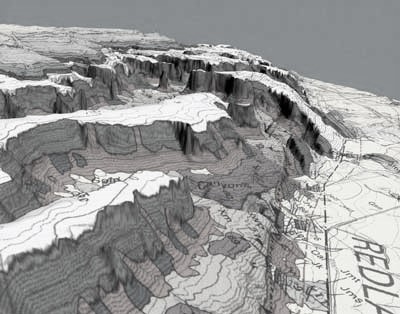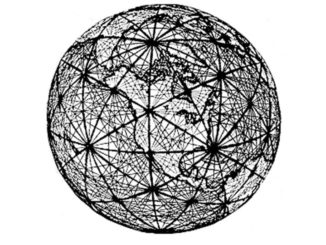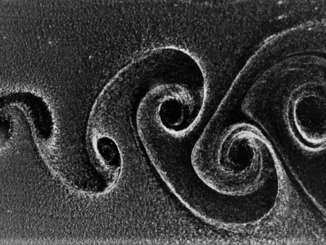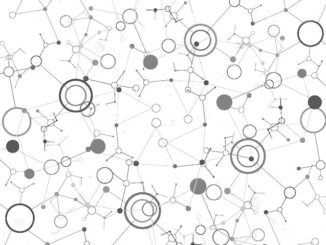
On today’s episode of “The Interview” with The Next Platform, we focus on how geographic information systems (GIS) is, as a field, being revolutionized by deep learning.
This stands to reason given the large volumes of satellite image data and robust deep learning frameworks that excel at image classification and analysis–a volume issue that has been compounded by more satellites with ever-higher resolution output.
Unlike other areas of large-scale scientific data analysis that have traditionally relied on massive supercomputers, our audio interview (player below) reveals that a great deal of GIS analysis can be done on smaller systems. However, with the addition of deep learning, the field could be investing in more GPU systems for training and still others for inference at scale.
Using lower end TitanX GPUs from Nvidia, the team, which includes Sudeep Sarkar and Mauricio Pamplona Segunda that created a CNN approach to GIS land classification described here, it was shown that deep learning can be a successful tool in the box of GIS analysts. The researchers worked through several neural network frameworks, meshing them and establishing hyperparameter tuning for the composite network in an effort they call Hydra.
During the course of this interview we talk through the evolution of datasets for GIS and the range of tools to analyze those, as well as the drivers for increased development like the needs of more maps for commercial and research purposes. We also talk about the bottlenecks that have traditionally stood in the way and how deep learning has made those less of an issue, at least in terms of the manual overhead required in analysis compared to the 1990s.
Our two guests for this podcast interview include Dr. Sudeep Sarkar, a professor and chair of Computer Science and Engineering in the USF College of Engineering, and Associate Vice President for I-Corps at the University of South Florida in Tampa. He has more than 25 years of experience conducting and directing fundamental and applied research in computer vision, image processing, and pattern recognition.
Dr. Mauricio Pamplona Segundo is a professor of the Department of Computer Science at the Federal University of Bahia, Brazil, since 2014 and is currently a postdoctoral scholar at the University of South Florida. He received his BSc, MSc and DSc in Computer Science from the Federal University of Paraná, Brazil. His areas of expertise are computer vision and pattern recognition. His research interests include biometrics, 3D reconstruction, accessibility tools, geoprocessing, medical images and vision-based automation.





Be the first to comment